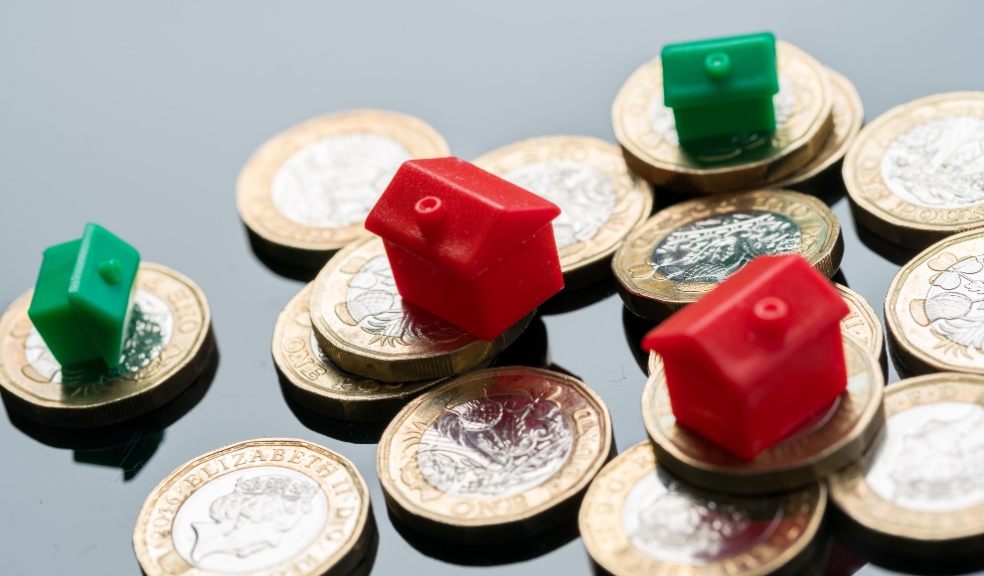
Seven ways to add value to your home
Keen to add value to your home? Whether you’ve just moved into a decrepit bedsit, or have lived in a mansion for years of domestic bliss, there is still plenty of mileage to adding value to your property.
Doing so could help improve your own quality of life while you’re still in the property (if buyers find something appealing, odds are you might too), and keep you well placed on the property ladder, regardless of whether you’re currently looking to sell.
From five-year plans to on-the-day dust-ups, here’s seven ways to add value to your home…
1. Loft conversion
Perhaps the gold standard of home improvements, loft conversions are not for the faint of heart, but can come with major domestic and financial rewards if done well. Adding square footage is a guaranteed value-boost, while the market fixation with number of bedrooms means that adding one can practically ensure a hefty payday when it comes to selling.
“The average loft conversion costs around £40,000,” says Chris Smith, regional director at estate agents https://www.yopa.co.uk, “but can increase your property value by an estimated 21%. They’re usually more of a long-term strategy, so you might not see all the money back if you sell immediately.”
Loft conversions are not cheap – and not suitable for every property of course – but they often perfectly prove that old adage, that you have to spend money to make money.
2. Brush up on kerb appeal
First impressions matter, and putting your best foot forward is key to getting customers through the door. “We estimate that simply by improving your property’s ‘kerb appeal’, with a freshly painted exterior, clean windows, a tidy driveway and a new front door, can boost the value of a property by up to 10%,” says Smith. “The outside of your property is the first thing potential buyers will see, both when browsing online and in person at a viewing.”
On modern properties, buyers may probably expect double glazing – a savvy way to save on your energy bill in the meantime – along with up-to-date security and draught-proofing.
3. Go for open-plan living
Open-plan living has been in vogue for some years now, and it’s clearly not going anywhere anytime soon. Most modern house-hunters are looking for spaces that are practical and adaptable, and it seems distinctly old-fashioned to cook your food in one room and then have to transport it to another to eat it.
Open-plan living spaces don’t have to be giant, or rectangular – you’re looking to create areas that are connected but distinct. Consider sliding doors or curtains that can pull back during the day, waist or shoulder-high partitions, or doorway-like arches that demarcate your space.
These are the golden rules of open-plan living: separation without isolation; continuity without uniformity.
4. Refurbish the kitchen
A recent report by Norton Finance mapped out the most expensive home improvements performed by homeowners in their first year in a new property, and kitchen renovation ranked second only to furniture.
The centrepiece to so many homes, it’s no surprise that the kitchen commands so much attention both before and after a sale, and a well-designed room can easily pull in extra thousands.
“If your budget can only stretch to renovating one room, that room should be the kitchen,” says Smith. “You can cut costs by painting cupboard doors yourself and adding new, fashionable handles.”
5. Add a conservatory
The stars have to align somewhat for conservatories to be sensible investments, but if the cap fits, they can enhance a property with ease. Aside from the necessary financial clout, homeowners will need to ensure proper planning permission, while those with smaller gardens might want to think twice before sacrificing valuable yard space.
Though often associated with summer, conservatories really earn their keep during the winter months, when they provide a portal to the outside world, free from the cold, damp and dark.
“The addition of a traditional British conservatory typically costs around £5,000,” says Smith, “and can increase the value of a property by around 10% when done well. To add real value, make sure your conservatory is fully glazed and blends in with the style of the rest of the property.”
6. Redecorate
Consider any second-hand shop – regardless of what it sells – and consider the price difference between products marked ‘used’, and products marked ‘like new’. This one’s a no-brainer, and just a fresh lick of paint can make pokey rooms immediately more marketable.
Your house isn’t new – but it’s new to your potential buyers, and you’ll be doing your bank balance a favour if you can make it look that way from the moment they cross the threshold.
7. Add an extra bathroom
As with bedrooms, the number of bathrooms appears like a ranking next to your property, and it’s a crucial integer in the valuation equation. Broom closet, pantry, cupboard under the stairs – a small downstairs loo doesn’t take much, and it can be a delightfully canny way to carve profit out of otherwise wasted space.
“You can add up to 5% value to your property by adding a second bathroom,” says Smith. “An average bathroom costs £4,500, and according to NAEA Propertymark, 70% of estate agents say an additional loo helps to sell a house.”
Picture: Getty Images/iStockphoto













